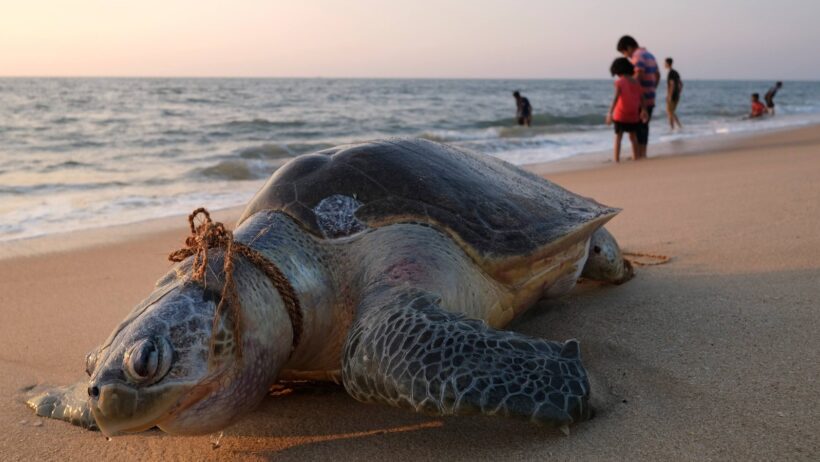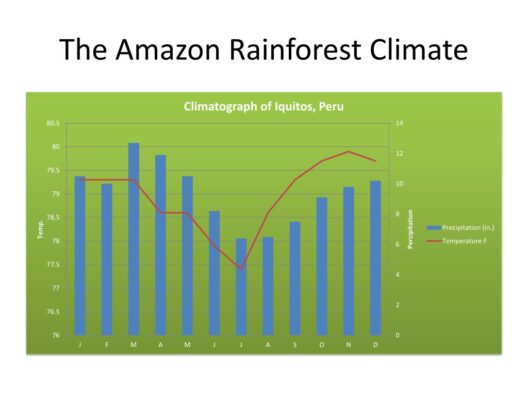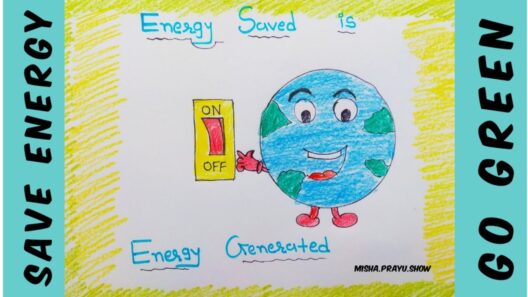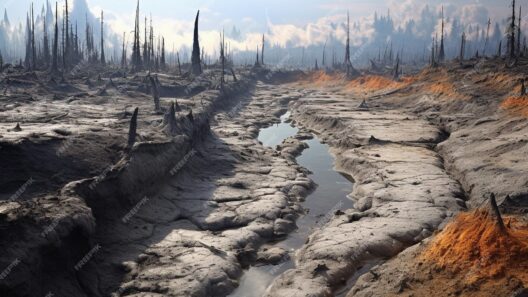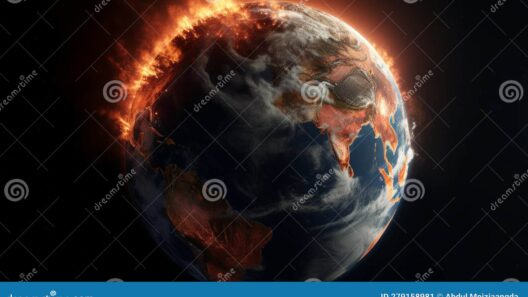The extinction crisis is one of the most pressing issues of our time, largely driven by the insidious effects of global warming. While many people are aware of the alarming statistics surrounding species loss, few grasp the profound ramifications that climate change has on biodiversity. This phenomenon transcends mere numbers; it encapsulates a cascade of ecological consequences that reshape ecosystems, undermine human livelihoods, and challenge the very fabric of life on Earth. Understanding this interconnectedness is essential for addressing the challenges that lie ahead.
At the heart of the extinction crisis is the undeniable reality that species are disappearing at an unprecedented rate. Scientific assessments indicate that the current extinction rate is 100 to 1,000 times higher than the natural background rate, primarily fueled by human activities, including habitat destruction, pollution, and climate change. Each species that vanishes from the planet carries with it a wealth of evolutionary history, ecological functionality, and genetic diversity, which are irreplaceable. It is a disconcerting truth that we are experiencing a sixth mass extinction—one that could ultimately decimate the delicate web of life that sustains us.
Global warming exacerbates the extinction crisis in multifaceted ways. One of the most salient impacts of rising temperatures is habitat loss due to shifting climatic zones. For instance, as global temperatures increase, many ecosystems, from coral reefs to temperate forests, are undergoing rapid changes. Species that cannot adapt or migrate to more suitable habitats face the grim prospect of extinction. This dynamic is particularly evident in polar regions, where warming is most pronounced, and indigenous species like polar bears and seals are grappling with the encroaching loss of ice habitats.
Moreover, the disruption of seasonal patterns, such as flowering and breeding cycles, poses a formidable threat to species survival. Many organisms rely on specific environmental cues to time critical life events. Climate change disrupts these cues, leading to mismatched timing between species and their food sources or breeding partners. For example, as temperatures rise, plants may bloom earlier in the season, but migratory birds may not arrive in time to feast on the newly available food source, leading to declines in bird populations. Such interdependencies among species underscore the interconnectedness of ecosystems and the far-reaching implications of climate-induced disruptions.
Changing precipitation patterns are also pivotal in the extinction narrative. Some regions are experiencing intensified droughts, while others are inundated with excessive rainfall. These shifts not only impact terrestrial ecosystems but also aquatic environments. Freshwater species, reliant on stable hydrological patterns, are particularly vulnerable. Stream-dwelling fish, amphibians, and other organisms face heightened risks as their habitats fluctuate rapidly between extremes of drought and flooding. Such conditions can precipitate a decline in populations, pushing them ever closer to extinction.
In tandem with these environmental changes, oceanic ecosystems are experiencing their own crises. Ocean acidification, a direct consequence of increased carbon dioxide in the atmosphere, jeopardizes marine biodiversity. Coral reefs, vividly teeming with life, are suffering from bleaching events as water temperatures rise. This phenomenon not only affects the corals themselves but also the myriad species that depend on the reefs for shelter and sustenance. The loss of coral reefs translates into habitat destruction, exemplifying how climate change can have cascading effects throughout marine ecosystems.
The extinction crisis is not merely an ecological concern; it resonates deeply within our societal constructs as well. The loss of species negatively impacts human communities, particularly those that rely on biodiversity for food security, medicine, and cultural practices. Many indigenous cultures honor the intricate relationships they hold with nature, recognizing that the extinction of a single species can have profound cultural ramifications. As species decline, so too do the traditional ecological knowledge systems that have been passed down through generations, eroding cultural heritage in tandem with biodiversity loss.
It is imperative for policymakers and individuals alike to recognize the urgency of addressing climate change as a means of combating the extinction crisis. The transition to renewable energy sources, the promotion of sustainable agricultural practices, and the preservation of critical habitats are pivotal strategies that can mitigate the effects of climate change on biodiversity. Conservation initiatives, such as establishing protected areas and advocating for biodiversity-friendly policies, are essential in fostering resilience in ecosystems against the pressures of a warming planet.
Furthermore, public awareness and engagement are crucial in fostering a collective commitment to this cause. Education initiatives that illustrate the importance of biodiversity, coupled with the ecological services it provides, can galvanize communities to take action. From grassroots movements to corporate responsibility, every effort counts in the fight against climate change and species loss.
Ultimately, confronting the extinction crisis requires a paradigm shift in how we view our relationship with the natural world. It necessitates a recognition that our well-being is inextricably linked to the health of our planet’s ecosystems. We must act with urgency, armed with knowledge and compassion, to protect the rich tapestry of life that envelops us. The fate of countless species and the vitality of our shared Earth hang in the balance, demanding our immediate and unwavering attention.


